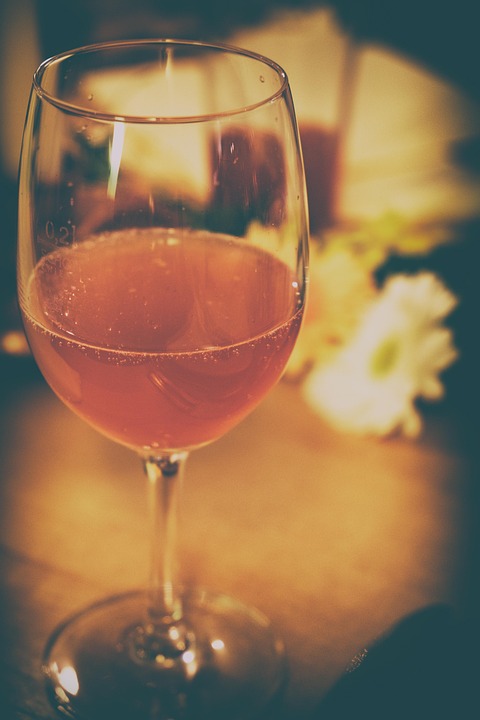The Rise of Rosé: Why It’s No Longer Just Seasonal
The Evolution of Rosé Consumption
Rosé wine, once considered a summer staple, has seen a significant shift in consumer behavior over the past few years. What was once reserved for picnics and beach days has now become a year-round favorite for many wine enthusiasts. This shift in consumption patterns can be attributed to a variety of factors, from changing tastes to innovative marketing strategies by wine producers.
One of the key reasons for the rise of rosé as a year-round beverage is its versatility. Rosé wines come in a wide range of styles, from light and crisp to rich and full-bodied, making them suitable for different occasions and food pairings. This versatility has made rosé a popular choice for both casual drinkers and wine connoisseurs alike.
Changing Consumer Preferences
In recent years, there has been a noticeable shift in consumer preferences towards lighter, more refreshing wines. Rosé fits perfectly into this trend, with its bright acidity and fruit-forward flavors. Additionally, the rise of the wellness movement has led many consumers to seek out lower-alcohol options, making rosé an attractive choice for those looking for a lighter alternative to traditional red or white wines.
Another factor driving the year-round popularity of rosé is the increasing demand for premium and artisanal wines. Consumers are willing to pay a premium for high-quality rosé wines, leading to an influx of boutique wineries and small producers entering the market. This has created a diverse range of rosé options for consumers to choose from, further fueling the growth of the category.
Industry Insights and Financial Data
According to a report by IWSR Drinks Market Analysis, the global rosé wine market is expected to reach a value of $16.8 billion by 2027, with a compound annual growth rate of 4.2% from 2020 to 2027. This growth is driven by increasing consumer demand for premium rosé wines, particularly in key markets such as the United States, France, and Italy.
Major wine producers such as Moët & Chandon, Whispering Angel, and Miraval have capitalized on the growing popularity of rosé by expanding their product offerings and investing in marketing campaigns to promote the category. These companies have seen significant success in capturing market share and driving sales growth through their rosé portfolios.
The Role of Marketing and Social Media
The rise of rosé as a year-round beverage can also be attributed to the influence of social media and popular culture. Influencers and celebrities have played a key role in promoting the drink, often showcasing rosé as a lifestyle choice associated with luxury and sophistication. This has helped to elevate the image of rosé and attract a younger demographic of consumers to the category.
Furthermore, wine producers have leveraged social media platforms such as Instagram and TikTok to engage with consumers and create buzz around their rosé products. Creative packaging, eye-catching labels, and unique branding have all contributed to making rosé a trendy and sought-after beverage among millennials and Gen Z consumers.
The Future of Rosé
As consumer preferences continue to evolve and the wine market becomes increasingly competitive, rosé is poised to remain a popular choice for wine enthusiasts around the world. With its versatility, accessibility, and appeal to a wide range of consumers, rosé is no longer just a seasonal beverage but a year-round staple in the wine industry.
In conclusion, the rise of rosé as a year-round favorite can be attributed to changing consumer preferences, the influence of marketing and social media, and the increasing demand for premium and artisanal wines. As the global rosé market continues to grow, wine producers and retailers will need to adapt to meet the evolving needs of consumers and capitalize on the opportunities presented by this burgeoning category.




